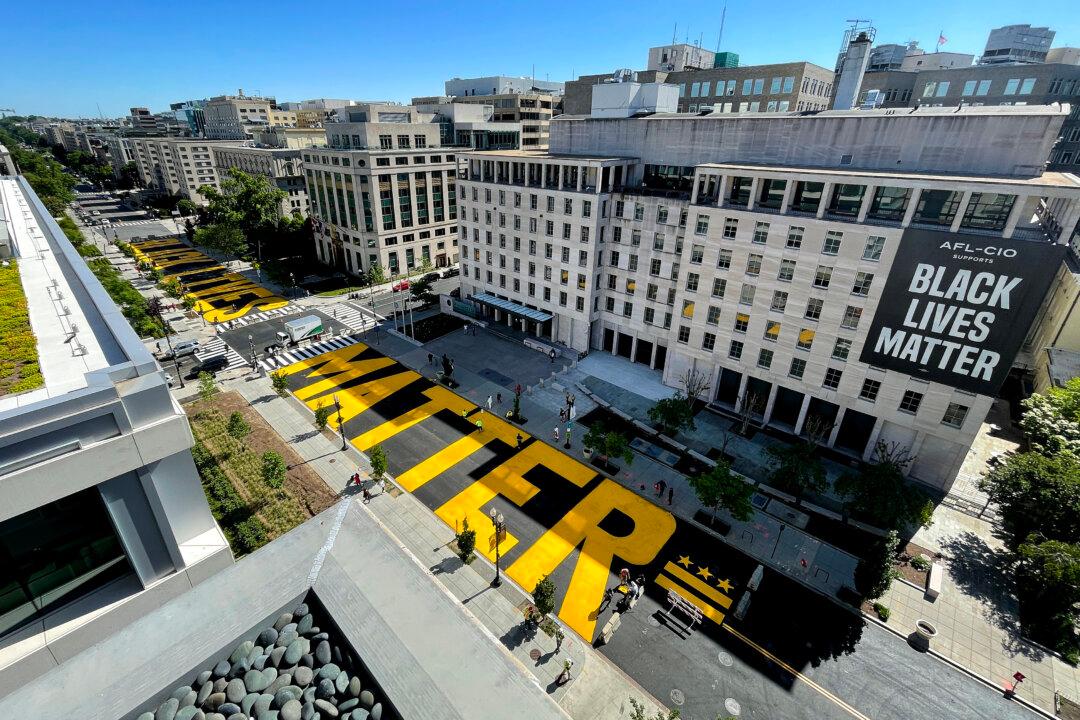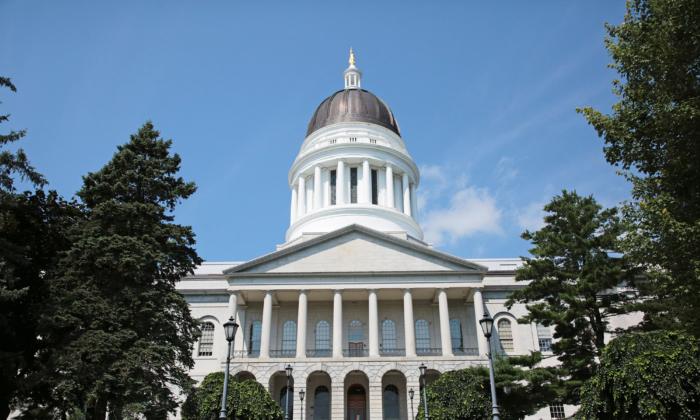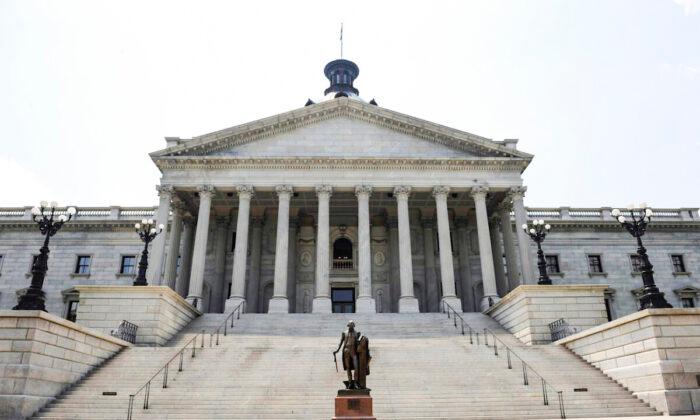With only three months before the 2022 election, some North Carolina politicians are struggling to choose their voters.
The confusion springs from a last-minute redistricting by the state’s supreme court which has made several leaders reconsider which district they should run in.
But in the short-term, the new map makes it difficult for candidates to know what district they should be running in.
The 2022 redistricting will likely help Republicans more than Democrats. Republicans will have the chance to redraw 187 congressional districts, while Democrats will have 75. An additional 167 seats will be redrawn by commissions or by bipartisan leaders.
Readjusting House representative numbers for the census has given North Carolina an additional seat in Congress.
For now, several candidates will have to figure out which district to run in by March 4.
The new map also significantly reorganizes the old districts of Republican Reps. Dan Bishop and Richard Hudson.
Hudson announced today that he will run for office in North Carolina’s ninth congressional district. According to his campaign, he has previously represented eight of the district’s nine counties.

“I look forward to remaining Fort Bragg’s Congressman and again earning the support of the people of the new 9th District,” Hudson said in a press release.
Although The Epoch Times has contacted the Bishop campaign, it received no response by press time.
Fifth District Democratic Party chair Charlie Wallin told The Epoch Times that he still doesn’t know who the Democrats will run in his district.
During its creation, North Carolina Republican and Democrat House members had equal access to the rooms with map-drawing computers.
The court-appointed remedial map will give the Democrats an advantage in the 2022 election, but state representatives will have to redraw yet again in 2024.
At least two of the State Supreme Court’s Democratic judges are up for reelection, which might give North Carolina Republicans an upper hand in creating a redistricting map that will last until the next census.
In the long-term, North Carolina voter registration trends suggest the state is growing more Republican.




